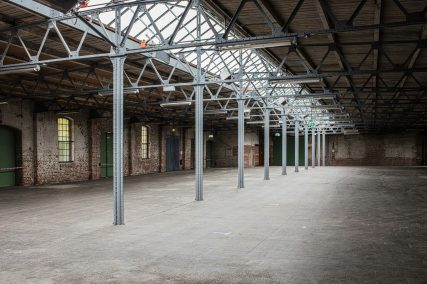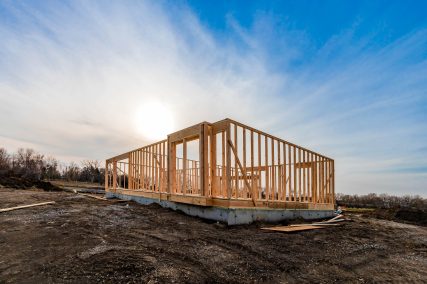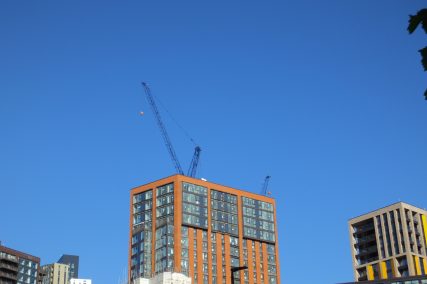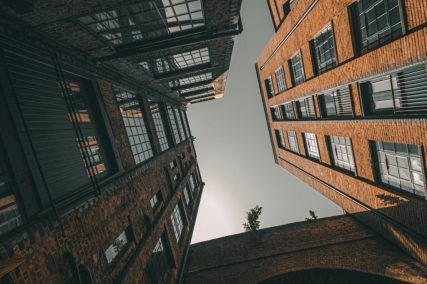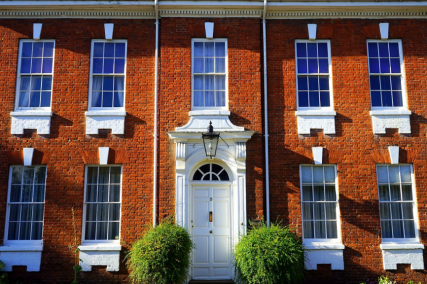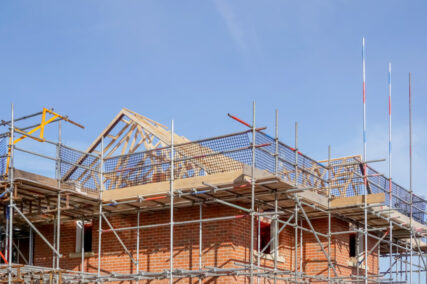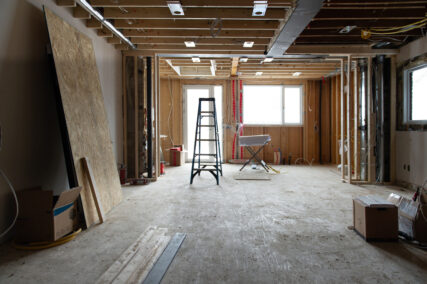From Buy to Let to Development
Since the onset of the pandemic, I have been regularly asked the question whether I believe property investment has had its day. ‘Vanilla,’ buy to lets were already struggling under the weight of increased regulation and taxation pressure and no longer could somebody simply purchase a property, rent it out and watch the revenue pour in. The government have made it abundantly clear that they want to reduce the amount of people renting and would much prefer the public to own their own homes. With the changes to tax relief for residential landlords now fully phased in the ability to make a profit has been subdued somewhat. In addition, the recent increase in inflation has led to the combative measure of a marked rise in mortgage rates. Between December 2021 and November 2022, the Bank of England has increased its base rate at eight consecutive meetings, taking the base rate from 0.1% to 3% which is the highest level in fourteen years. Not only does this impact loan repayments it also, more fundamentally, can reduce the amount of borrowing available. The rise in rates has impacted lenders’ stress tests which has meant the higher loan to values are not as achievable as they were a few years previously. Lower loan to values means higher equity contributions and with ready cash not as available in the current market a property investment return becomes harder to achieve and potentially less lucrative.
Now that being said, there remains an undersupply of housing in the U.K. and back in February 2022 the Conservative manifesto pledged it would continue towards a target of three hundred thousand new homes each year by the mid-2020s. The charity shelter also stated that over one million households are waiting for social homes so currently there are an abundance of people that need homes and with the cost of a mortgage becoming more unaffordable it is evident that they will need a solution. Surely, that’s where the rental system should come in? Good news for landlords, I am sure you are thinking and with an increased demand for rental properties it would be sensible to surmise that there is a ready-made solution. Unfortunately, it is not as simple as that and there are conflicting forces at work. Conflicting pressures and agendas are leading to a perfect storm where nobody is satisfied. There is a significant portion of the population who are unable to afford to purchase their own home and there are fewer landlords who can withstand the pressures being put upon them. Something must give at some point but when and how that will look is difficult to imagine. What I do know is that the ‘vanilla,’ buy to let investor may want to look at areas with a bit more bang for their buck.
Potentially, one of the areas which could prove more rewarding is property conversion or development of new homes. Not only could this bring increased financial rewards it would also fit in with the government’s current agenda. After the credit crunch of 2008, liquidity flooded back into the market and the advent of challenger banks and other lending institutions made capital more accessible than it ever had been before, and this really does play into the hands of property investors who are keen to explore the move from property investment to property development. The idea of converting property or building a property from scratch may seem daunting to many but often larger rewards are realised when more difficult challenges are overcome. Cutting one’s teeth on a simple property refurbishment could be an exploratory way of testing the water and with investors often looking to make quick returns, the amount of self-generated funding needed could be minimal. Obviously, all investments and debt need to be paid back but there are solutions to a lack of cashflow. Furthermore, with the right professional advisers on board and a carefully planned strategy a foray into property development could replace the now less lucrative buy to let approach. With property development there are more moving parts and the risks involved are generally higher but with the need for housing and the liquidity in the market this could be an area to consider. The build to rent model is becoming more popular and with a slight cooling of house prices and a return to somewhat stable material costs expected it could be a time to investigate further. All investments have a chance of returning a profit or loss and it is important to plan carefully and mitigate as much risk as possible. Which ever strategy you decide to adopt must be a personal choice and my advice to you would be to do as much research as possible. Ensuring you are investing sensibly over the long term is of paramount importance.

